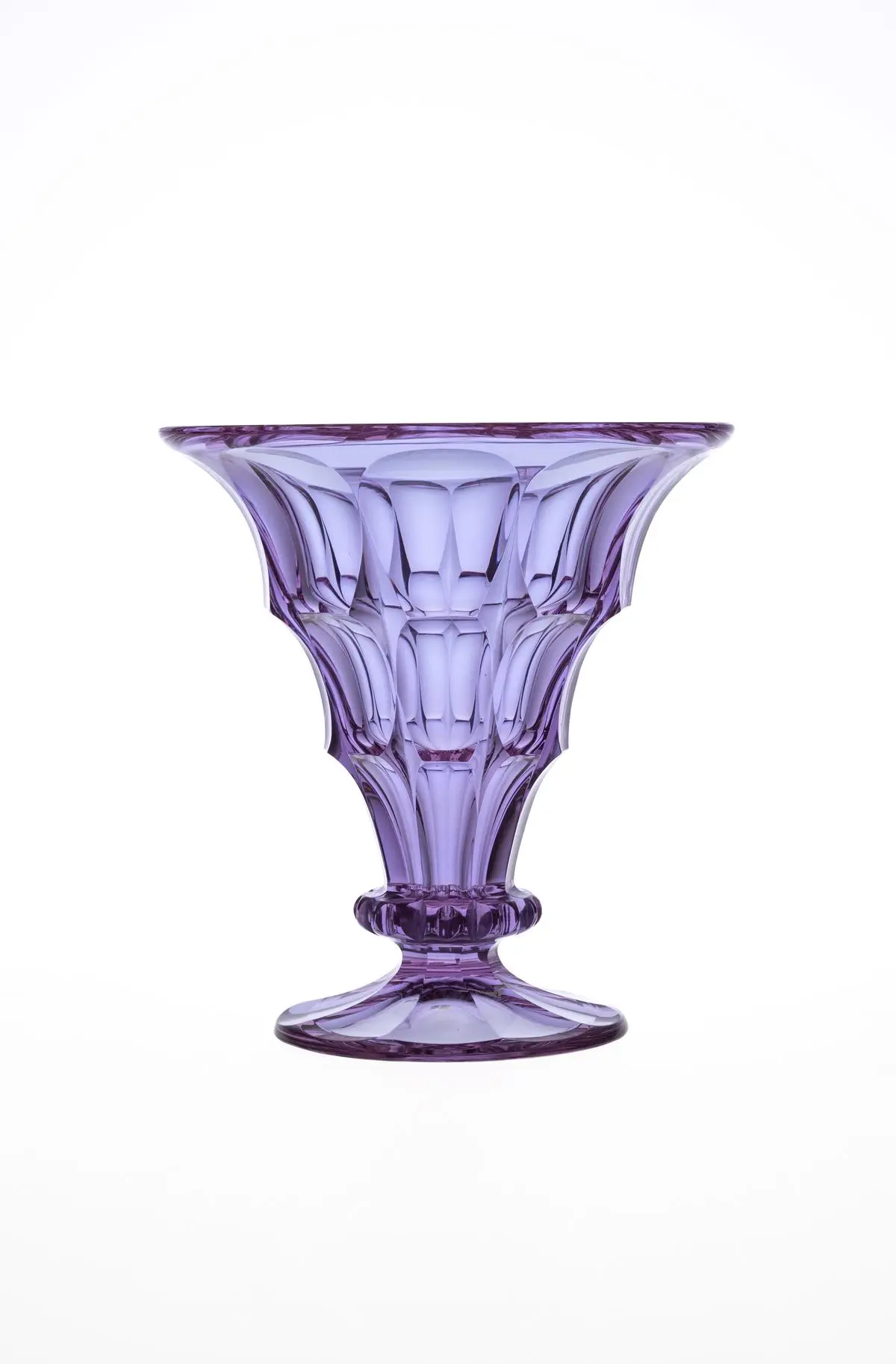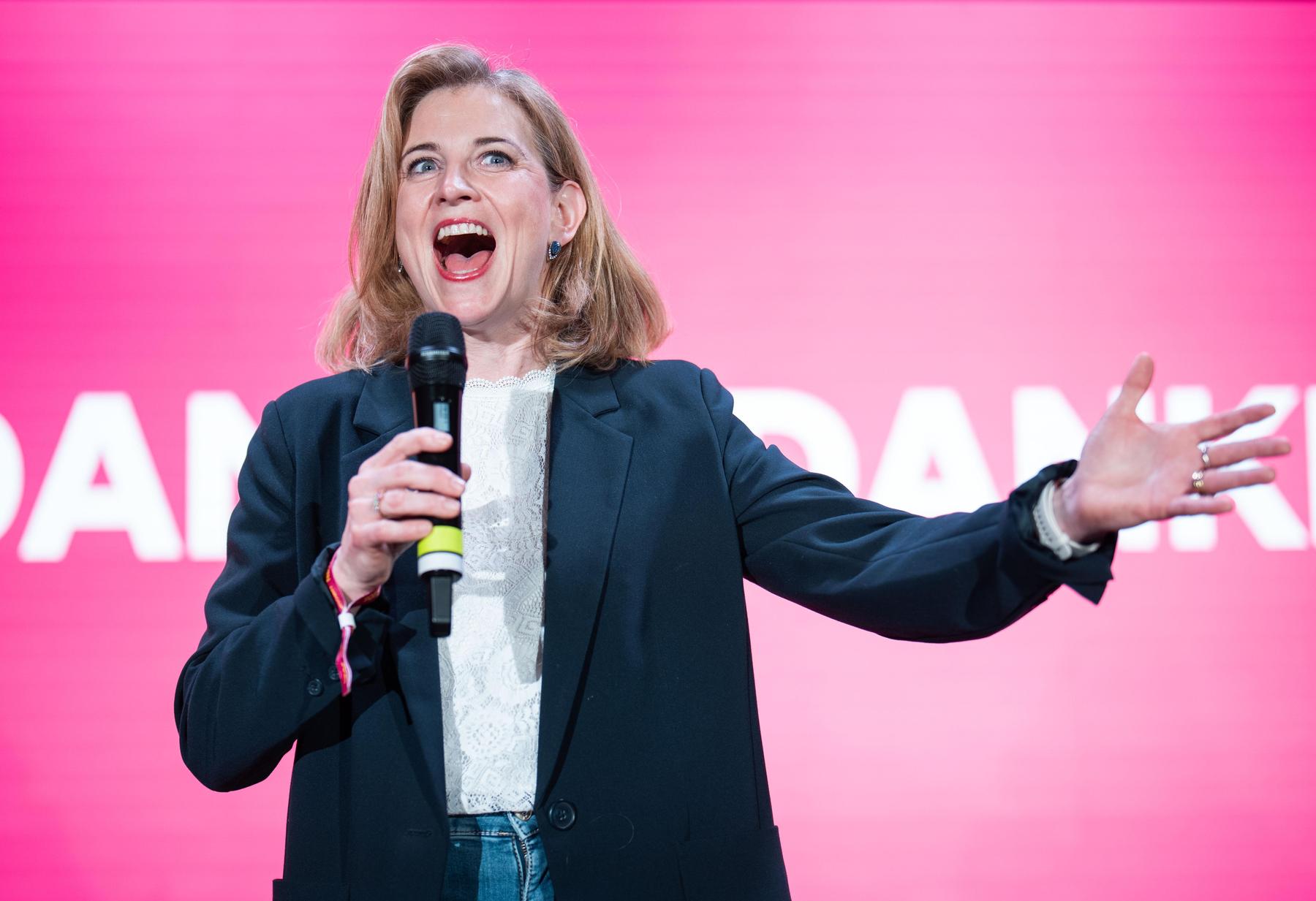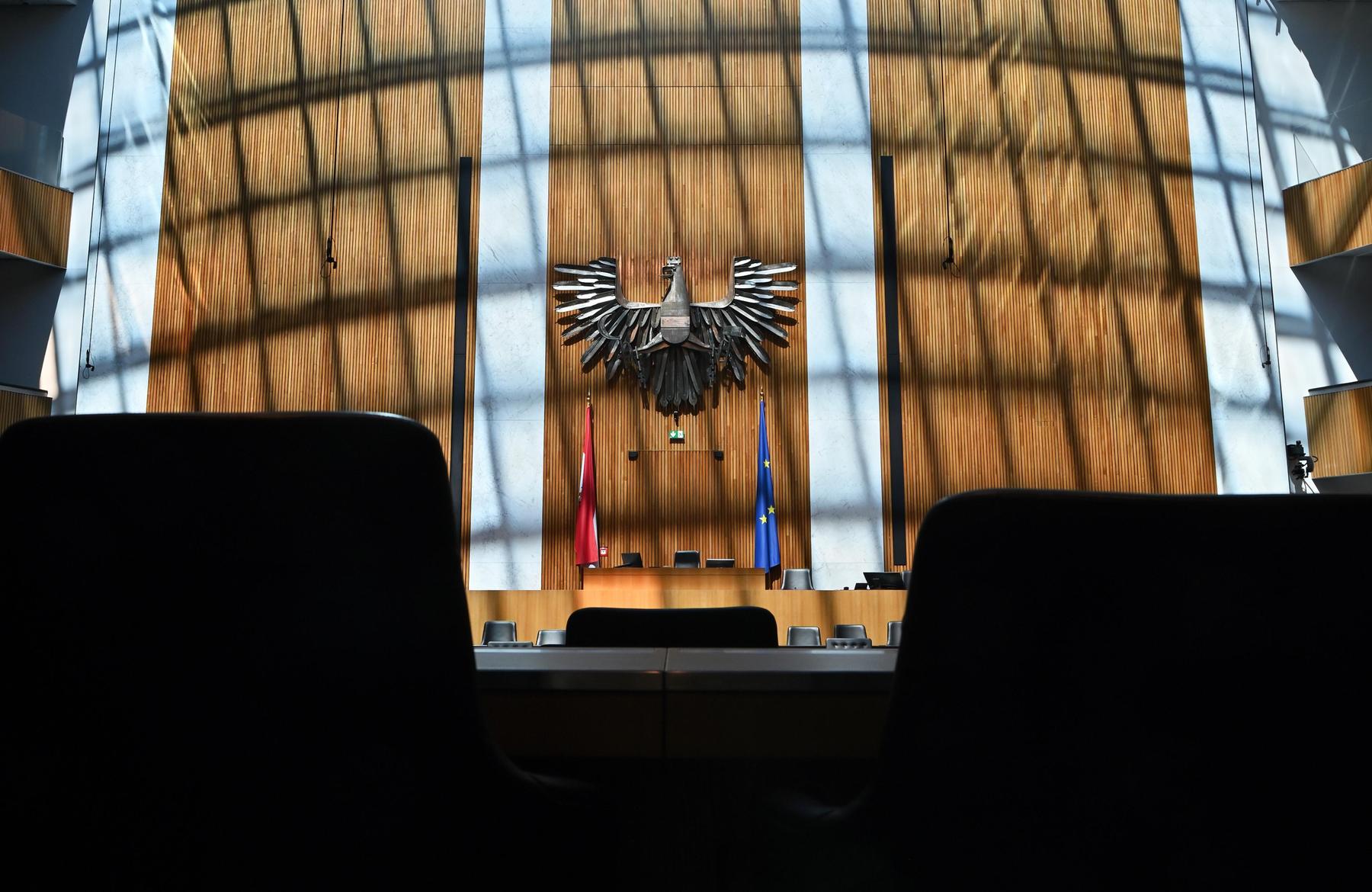Successful reorganization in the Technical Museum – Diepresse.com

The Technical Museum now has a spark in the logo and a permanent exhibition « Material Worlds ». She illustrates and describes well that our supposedly so digital world is still quite material. With economic and political consequences.
« In the beginning there was a dream »: The advertising video for the new brand appearance of the Technical Museum does not begin not entirely unpathetically, but soon the central concept comes: the spark. You can also see one in addition to the abbreviation TMW in the new logo of the museum. The word comes from the Middle High German « Vunke », blacksmith, the fits well, said General Director Peter Aufiter. Five years after taking office, he presented a new corporate design – and the reorganization of an important part of the permanent exhibition: the « material worlds » are located in the former hall of the heavy industry. This can be understood programmatically: A technical museum can no longer be so « metal -heavy » today, says Aufiter. At the same time, it cannot indicate the illusion that today everything is only more digital information, i.e. almost detached from the matter.
Of course, the heavy metal is still present in the TMW, especially in the form of the huge tie for the LD process (from Linz-Donawitz). Now this massive industrial tool with the engraved writing GHH (for « good hope ») works almost even more prominently than before the reorganization, because it is now surrounded by more filigree objects. About a arc stove with which you can steel today without coal and with a significantly lower co2–
Difficult to separate: rare earths
Steel is one of the 13 fabrics that are treated in the « material worlds » in 13 « islands », the others are air, wood, ceramics, glass, plastics, concrete, rubber, carbon, silicon, copper, aluminum and rare earths. These, currently in the focus of economic policy, are not so rare, but are very similar to each other and are therefore difficult to separate. A pioneer of her research was the Austrian chemist Auer of Welsbach, according to which u. The park at the Technical Museum is called. Now his bust is finally back in the museum, near a showcase with two vases, purple and yellow green. They are colored with neodym or praseodym, the twin elements that Welsbach was the first to separate. The colors look poisonous, the elements are not: they even absorb bacteria – probably because they are quite similar to the usual elements calcium and magnesium chemically. Researchers use this at IMC Krems. Perhaps this original method will soon help against the oppressive dominance of China in the production of rare earth metals?
« /> Dyed with neodyme (element no. 60): crystal vase that Carl Auer von Welsbach received in 1928 on his 70th birthday. Martina Flieszer
Economic relationships are often present in the « material worlds ». And also political. For example, in the rubber that was a typical “colonialware” before you could make synthetic rubber and load accordingly. For example, you read, perhaps a little exaggerated, formulated language correction, about the « racist name n-word-head » for bale made of contaminated rubber. And you can smell natural rubber: strangely organic, not really after « Give rubber ». With the abrasion, the burden on the environment is also discussed here.
Rush and hangover of the plastics
This is naturally present with the plastics. In its presentation, the exhibition follows the principle of « Rausch -Kater », the cooler and more historical variant of the old -fashioned « curse and blessing ». Only, in the 1960s, the intoxication: everything goes with plastic, all shapes and colors. Half a century later: microplastics everywhere, from the seas to the brain. In this « island » you also learn a lot about how to fight this hangover, right down to practice, to have microorganisms reduced the plastics.
The model of the cows, which accommodate certain bacteria in their stomachs, teaches that this is not utopian at all. We don’t, so cellulose is « calorie -free » for us. This is used by the manufacturers of Chinese diet noodles made of cellulose. This is really existed, a packer is among the approximately 700 objects of the exhibition, as well as a native pot of the Empress Elisabeth, which should not be missing in an Austrian museum. The bathing duck is not of her, it stands for the waste streams in the world’s oceans.
A little misses, speaking, chemical, chemical formulas, which say some things, always look good and would also be familiar to a large part of the audience. The formulas of lignin and vanillin next to each other would explain very suggestively that you can produce this aroma fabric made of wood. The nitrogen is at least the abbreviation n2 granted, plus the slogan « life in the ground, death in the air », maybe a bit dramatic for this sluggish element. In general, however, the legends on yellow, orange and dark blue tablets are formulated well and instructively. This look doesn’t scream, she tells. A successful reorganization. And railway and heavy metal fans are calmed down: The 138 tons of steam locomotives 12.10 are still there. Don’t stop anymore.







